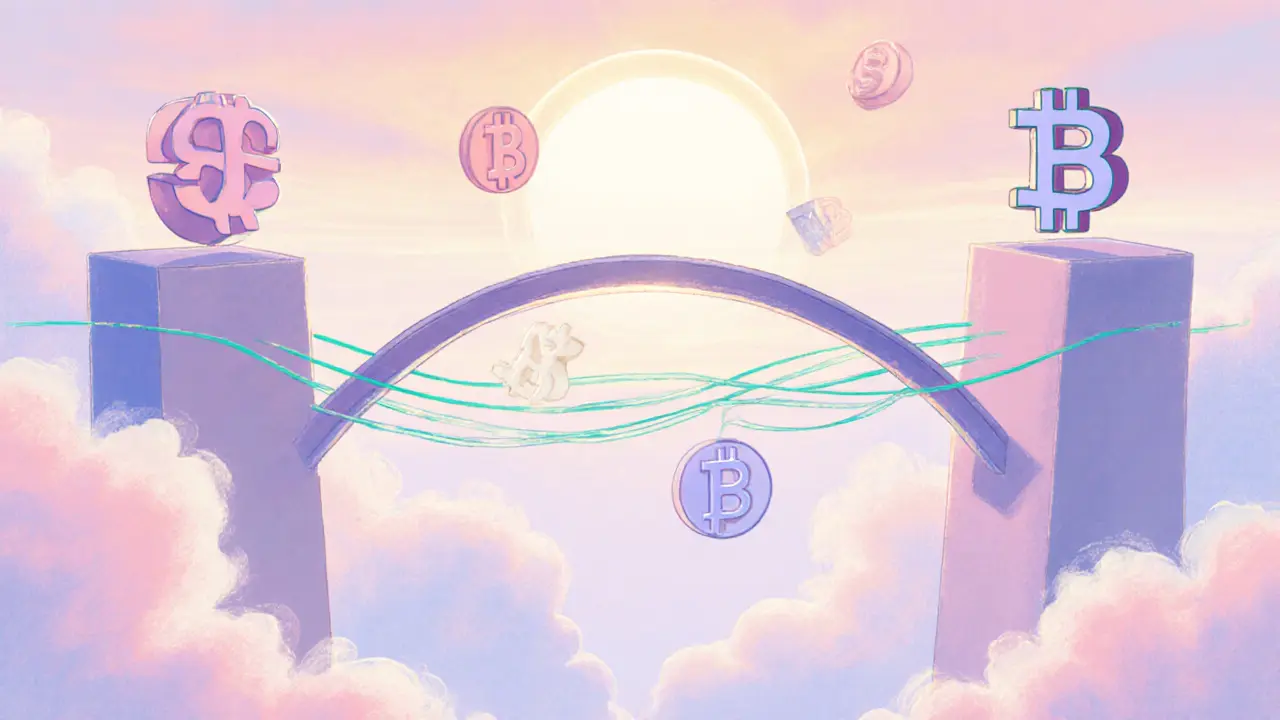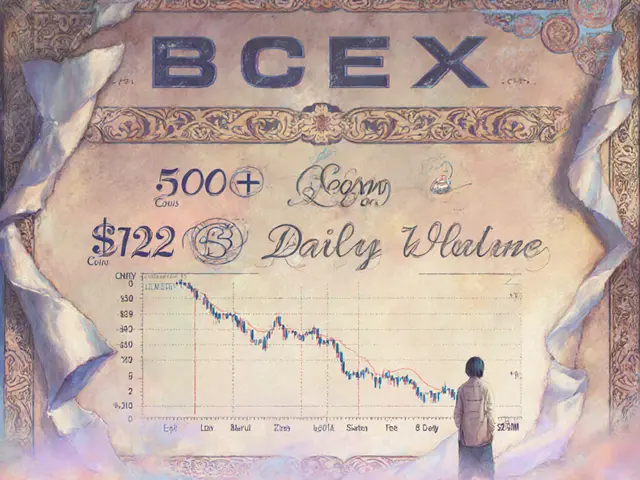Tokenomics: Understanding Crypto Token Economics
When you hear Tokenomics, the study of how a cryptocurrency’s token is designed, distributed, and used to create value. Also known as token economics, it guides everything from pricing to community incentives, tokenomics becomes the backbone of any project. A well‑crafted token model decides who gets the coins, how they can be earned, and what rights holders enjoy. In practice, tokenomics encompasses airdrop, a free distribution event that seeds a token’s user base and can jump‑start liquidity, leverages staking, locking up tokens to earn rewards and secure the network, and relies on governance token, a token that gives holders voting power over protocol changes. These pieces interact: airdrops boost early adoption, staking ties users to the ecosystem, and governance shapes future supply rules.
Key Elements of Tokenomics
First up is the token supply model. Projects choose between a fixed cap, like Bitcoin’s 21 million, or an inflationary schedule that mints new coins over time. The supply choice directly affects price pressure and scarcity, which investors watch closely. Next, distribution mechanisms decide who gets what. Airdrops, private sales, mining rewards, and ecosystem grants each serve a purpose—some attract users, others fund development. The mix matters because a balanced distribution reduces concentration risk and promotes healthy trading volume.
Staking introduces an economic incentive layer. By locking tokens, users earn yield that often comes from transaction fees or newly minted supply. This creates a virtuous cycle: higher staking rates lower circulating supply, which can raise token value, while the reward rate keeps participants engaged. However, overly generous yields can lead to inflation, so tokenomics must calibrate reward percentages against long‑term sustainability.
Governance tokens empower the community to decide protocol upgrades, fee structures, or treasury use. When holders vote on a supply reduction, for example, the token’s scarcity improves, potentially boosting price. Conversely, poor governance decisions can erode confidence. Effective tokenomics therefore embed clear governance rules, quorum thresholds, and proposal processes to keep decision‑making transparent and resistant to manipulation.
Another crucial factor is utility. A token that only serves as a speculative asset lacks real‑world demand. Utility can come from paying transaction fees, accessing platform features, or acting as collateral in DeFi apps. When tokenomics aligns utility with demand—say, a game token that’s needed to unlock rare items—price stability improves because users need the token regardless of market hype.
Revenue streams round out the picture. Some projects allocate a portion of fees to a treasury that funds development, marketing, or community grants. This creates a self‑sustaining loop where token holders benefit from ongoing growth. Others burn a percentage of tokens on each transaction, effectively reducing supply over time. Both approaches influence long‑term token value and should be disclosed up front.
Putting it all together, a solid tokenomics framework links supply, distribution, staking, governance, utility, and revenue into a coherent story. Readers will find guides that break down airdrop mechanics, deep dives into staking reward formulas, and analyses of governance token voting patterns—all aimed at helping you spot strong token designs and avoid red‑flags.
Below you’ll discover a curated set of articles that walk through real‑world tokenomics examples, from fresh airdrop projects to established staking platforms. Dive in to see how each element plays out in practice and get actionable insights for your next crypto move.

Discover what BABYTRUMP crypto coin is, how it works on the BNB Chain, how to buy it, its tokenomics, risks, and how it stacks up against other political memecoins.
Jonathan Jennings Oct 16, 2025
Explore Hot Cross token status, market data, exchange issues, and the real chances of a 2025 airdrop, plus how to stay updated.
Jonathan Jennings Oct 7, 2025




